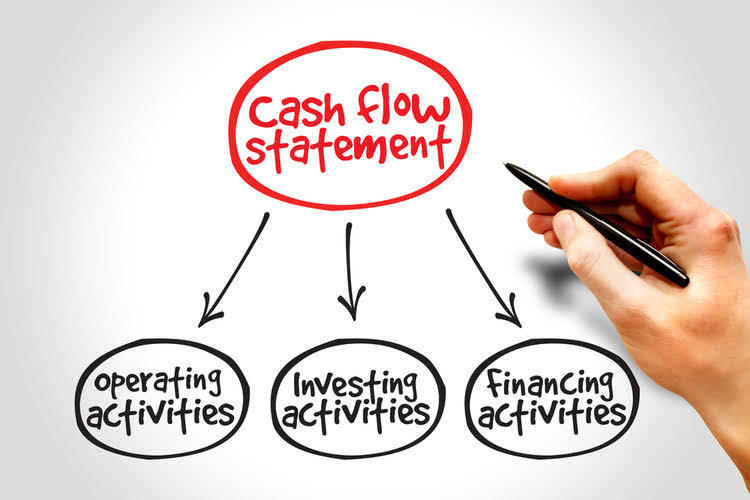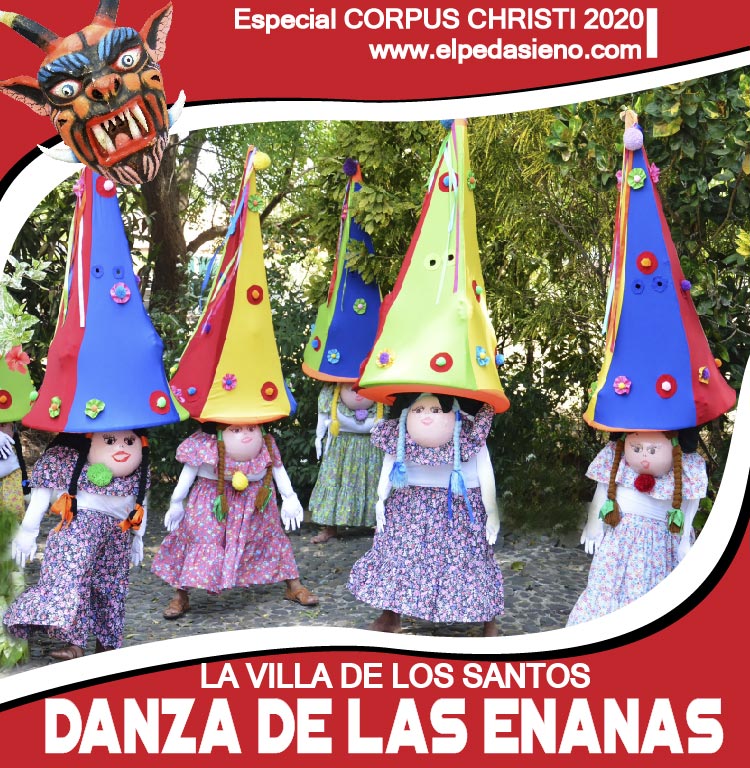Content

Batch 1 might be 1,000 solid black masks, while batch 2 is 1,500 red and white striped masks. The second step in calculating process costing is to convert any inventory that was considered as in-process at the end of the period to an amount of equal units.
Your time, and carefully working and reviewing a number of sample problems. Try it nowIt only takes a few minutes to setup and you can cancel any time. Try it now It only takes a few minutes to setup and you can cancel any time. There may be a need to vary the sales price, depending on the combinations selected.
Features Of Process Costing
The batches are slightly different, and the manufacturer makes adjustments to switch from one product to another. In fact, the cost incurred to change machine settings and to move in different materials is part of each product’s overhead cost. If you need a tree removed, for example, the tree service company will estimate the labor costs, equipment, and materials required for the project, add a profit margin, and provide an estimate. Each job is different, given the size and location of the tree, and the distance required to drive to your home. Profit and loss are calculated after considering the opening and closing balances of finished stock. Process accounts are helpful for the valuation of raw materials, work-in-progress, and finished goods.
Process costing is generally used in industries that deal with chemicals, distilled products, canned products, food products, oil refineries, edible oils, soap, paper, textiles, and others. A grocery store’s analysis of a recent customer survey finds an increasing number of customers interested in being able to custom-order meals to go. Maria sees this as an opportunity to enter a niche market for busy families or individuals who want home-cooked meals with a variety of options and combinations, but who have little time. Maria already has an expansive deli, bakery, and prepared foods section in the store and sees this opportunity as a viable option to increase sales and its customer base. With meals to go, customers can choose from an array of options and can indicate the quantity of each item and the time of pickup. The customer simply pulls up in a designated spot at Maria’s and the food is brought to their car, packaged, and ready to take home to enjoy. Are popular chains often found at the same shopping center, even though they are very different businesses.
Process Costing
Process costing systems accumulate product costs for continuous production processes. During continuous production, businesses find it difficult to isolate each individual unit and calculate a cost. Process costing systems accumulate the materials, labor and overhead costs for the period along with the total number of units produced. The total number of units produced includes both completed units and partially completed units. The company determines the percentage of completion for each partially completed unit and adds these amounts to the total number of completed units to determine the equivalent units. The total material, labor and overhead costs are divided by the number of equivalent units to calculate a cost per unit. Direct materials are materials that are consumed during the manufacture of a product.
- To implement her process costing system, she computes the cost per specific unit produced.
- Where as, job costing systems would be used for the customized parts and custom assembly processes on each motorcycle.
- Plumbers or carpenters on the other hand have to allocate overhead cost for mileage driven to work for the clients.
- Manufacturing Overheads – This includes all the other costs that will be incurred during this time that are not accounted for in Direct Costs such as depreciation, rent, property tax, and electricity.
- The logic here is that a business incurs costs based on activities, such as the number of labor hours worked, total miles driven, or total units produced.
- Products, usually in a large batch, which might include an entire month’s production.
This data allows them to identify inefficiencies within the supply chain. For example, a cost center report may indicate that 50 percent of production costs come from the procurement department. Management can then dictate steps that the procurement team must take to minimize costs. The most notable difference between job and Process costing is the WIP calculation.
1 Process Costing Vs Job Order Costing
When she provides a bid to a potential customer, her direct costs are labor expenses and materials. Premier must also assign overhead costs, including the costs related to running the office, insurance premiums, and the company’s building lease. To determine the average cost per unit for the period, the total cost of each process is divided by the total production. Raw materials are stored in the materials storeroom and delivered to the appropriate production department—cutting, painting, or assembly/finishing. The design department uses direct labor to create the design specifications, and, when completed, it sends them to the production department. The production department uses the material and design specifications and adds additional labor to create the sign.
Prisoners are denied their liberty, not their right to health care – Toronto Star
Prisoners are denied their liberty, not their right to health care.
Posted: Tue, 30 Nov 2021 21:30:05 GMT [source]
Even retail companies need to know the cost of the purchased products before the sales price is set. While it seems simple to think of the sales price as the purchase price plus a markup, determining the markup costs needs to be an accurate process in order to ensure the sale price is higher than the product cost. To properly capture the information necessary for decision-making, there are different costing systems that track costs in order to determine sales prices, and to measure profits and manufacturing efficiency. Technology makes it easy to track costs as small as one fastener or ounce of glue. However, if each fastener had to be requisitioned and each ounce of glue recorded, the product would take longer to make and the direct labor cost would be higher. So, while it is possible to track the cost of each individual product, the additional information may not be worth the additional expense.
The Effect Of Inaccurate Standard Costs On Financial Statements
On the other hand, if you don’t operate using job estimates, you’ll need to use process costing. If you think a job costing system applies to you, follow the steps above to capture all of your costs and to price your product.

In a job order cost system, total costs are determined when the job is completed. In a process cost system, total costs are determined at the end of a period of time.
Job Costing Vs Process Costing
Companies use different costing systems for determining the cost of custom products than they do for determining the cost of mass-produced products. When products are custom ordered, knowing the cost of the materials, labor, and overhead is critical to determining the sales price. As an easy example, think of a tailor who alters, repairs, and makes custom clothes for customers.
Which is a characteristic of a process costing system?
Characteristics of a process costing system include repetitive operations, homogenous products and services, high production volume, low product flexibility, and high standardization. The beginning goods in process were 7,000 units, which were 40% complete as to labor and overhead.
When a company has units that are started and completed during a period and has an ending inventory of units in process, most often the weighted average method is used to calculate equivalent units. If needed, based on the company’s production processes, separate calculations of equivalent units for materials and conversion costs are made. Assume a company has two functions in its production process called Department 1 and Department 2. For the month of January, Department 1 completed and transferred out 2,000 units to Department 2 and had 800 units process costing system in process at month end that were 80% completed as to materials, labor, and overhead. Using the weighted average method, equivalent units for Department 1 for January are 2,640 [(2,000 × 100%) + (800 × 80%)]. The beginning units and those started and completed are not separately identified in the calculation of equivalent units. When calculating the per unit cost using the weighted average method, the beginning work‐in‐process costs for the function are added to those costs incurred during the period and then divided by the equivalent units.
Making the masks is a process that requires material and labor, and costs are incurred as the product moves through production and from one department to another. The fabric is cut into the correct shape, then each mask is sewn, and then the masks are packaged for shipment. At the end of the period, the factory overhead account has a credit balance of ($125). After recording this entry, the balance in the factory overhead account is zero. A company that produces ink cartridges applies process costing through several departments.
#ac401 pepsi's best maps into a process-costing system because they are manufacturing masses of identical products
— Jordan Walton (@jwalton50) February 10, 2016
Process costing is used when the products or services you offer are nearly identical or close to it. Many organizations allow each of their departments to operate autonomously.
Just as with job costing, Jill must create a budget with assumptions about costs. Alpine must budget for the cost of materials, and make assumptions about wage rates to determine labor costs. Direct labor costs are based on the wage rate and number of hours required for the project. In addition, direct materials are budgeted based on the amount of wood, steel, and other materials needed, and the rate paid for materials (per square foot, etc.).
- The system used should be determined by weighing the cost of collecting the data and the benefit of having that information.
- A process costing system is a technique used within the manufacturing industry to determine the total production cost of a unit of merchandise.
- When an employee pulls a new roll of cotton fabric from the shelf to make the shirts , the cost has to be moved out of material control and into work in process.
- In either costing system, the ability to obtain and analyze cost data is needed.
- If the Johnson kitchen addition, for example, requires 50 labor hours, the customer would be allocated (50 hours X $5), or $250 in home office costs.
- This method assumes all costs are accumulated and assigned to all produced units, even from previous periods.
Now that you’re determined an activity rate to allocate each overhead cost, you need to budget for both direct cost and overhead costs. Now, most companies produce more than one product, and they use process costing by making batches of identical products. Batch A might be 1,000 black combs, and batch B is 2,000 pink combs. Job costing assumes that you complete work on a project basis and that the total costs required for each job are different. People who work in the trades, such as carpenters, plumbers, and tree services companies use job costing, and they provide each customer with a job estimate. So it is important for companies to know the unit cost of the products. This unit cost should include all costs when setting a selling price.
What is the primary purpose of process costing?
1. To determine the unit cost. 2. To determine the method of allocation of manufacturing costs incurred during a given period.
For large manufacturing operations, the right choice is usually Process Costing. It’s suitable for companies with a more standardized production process. The cost of production during a particular period is divided by the- number of units produced during that period to arrive at the cost per unit. The standard costing approach is similar to weighted average costing.

But what, then, do you do when your company doesn’t fall neatly into either category? For example, there is a basic product you produce, and that base is identical in all cases, but clients may order customized features and add-ons. In this case, you would use a hybrid costing system, which applies process costing to the base units and job costing to those additions made on a per-order basis.
If a worker incurs 3 hours of time working on batch number 112, the gross wages have to be reclassified from labor control to work-in-process. When ABC Clothing starts production on a particular batch of shirts, costs are tracked in the work-in-progress account. Costs in this account are actual costs which may differ from your budget.
This article explains the many advantages of the process costing systemhttp://t.co/d8sZR6gv0K #GUacct (IC-1)
— Abaccounting28 (@Abaccounting28) September 15, 2015
The total conversion costs are divided by 400 to calculate the conversion costs per unit. To calculate total cost per unit, the materials cost per unit is added to the conversion cost per unit. As the factory labor payroll is prepared and recorded, the payroll costs are split between those employees who work in specific functions and those involved in the general functions of the factory. The specific function costs are called direct labor and are assigned to work‐in‐process inventory. The general factory labor costs are indirect labor costs that are added to factory overhead. Unlike the accounting for payroll under the job order cost system, the employee does not have to be physically involved in making a product to be assigned to a specific function. If a specific maintenance worker or supervisor is assigned to the preparation function, their wages are allocated to that function even though these workers are not directly involved in preparing the chips to be baked.
Author: Jody Linick



















